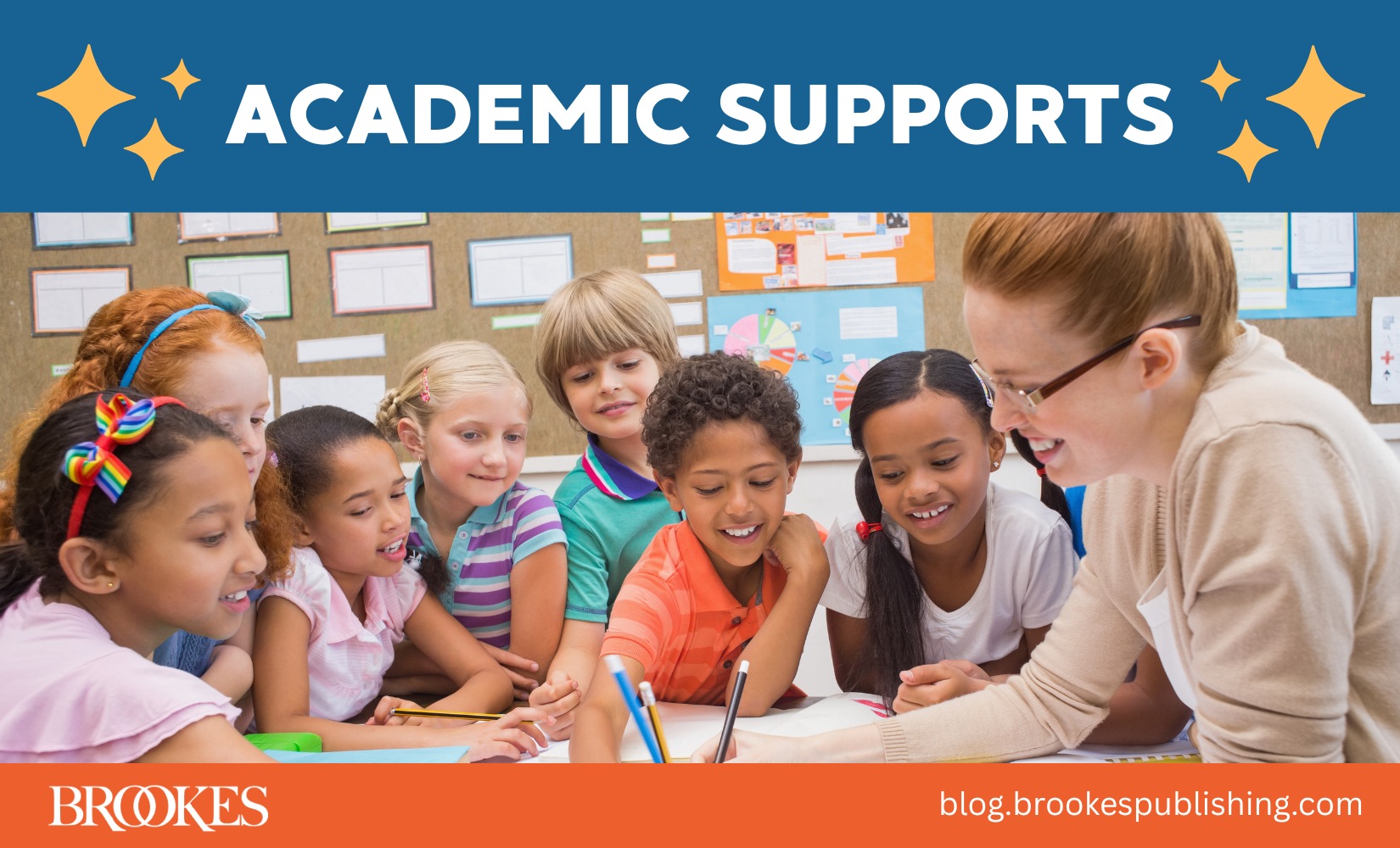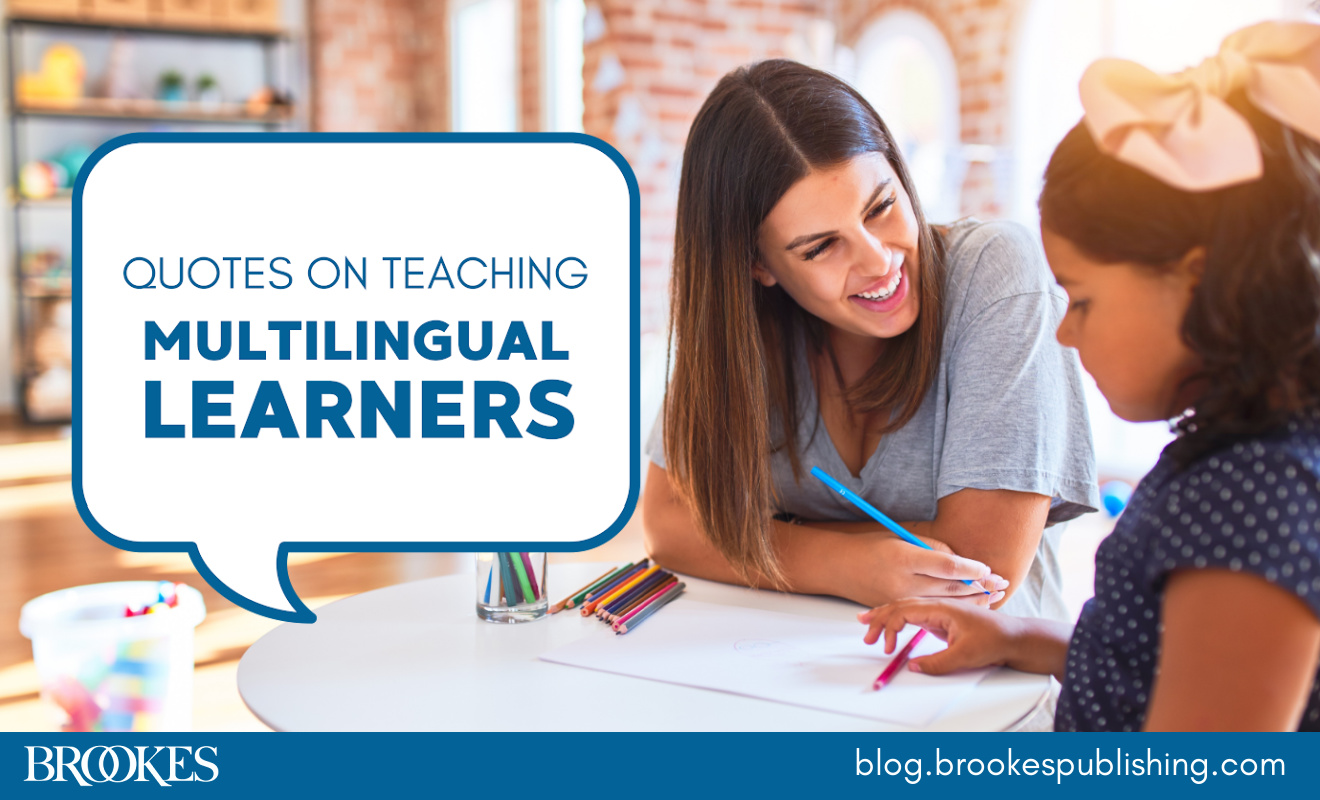7 Ways to Strengthen Executive Function Skills
March 29, 2016
In your classroom, you probably have at least a few students who need help with executive function—the skills that affect their ability to organize, complete homework, manage time, regulate emotions, keep impulses in check, and more. These frontal-lobe skills don’t fully develop until most students reach young adulthood, but you can help in the meantime with a few specific instructional strategies.
Here are 7 practical suggestions adapted from Christopher Kaufman’s book, Executive Function in the Classroom. Give them a try and see if they help boost your students’ executive function skills:
Teach new content systematically and explicitly. Learning new things puts an especially heavy load on students’ executive function skills. You can minimize confusion and ease the learning process by presenting new content in explicit, engaging, step-by-step ways and modeling new skills clearly and repeatedly. For example, try giving students a list of comprehension questions before they read a passage as a class, and then stop during the reading to explicitly discuss the answers. You might also try teaching new vocabulary words by acting them out, and then calling on student volunteers to “perform” the words.
Give your students “surrogate prefrontal lobe” support. Trying to build autonomy and independence in students is every teacher’s goal, but when students have executive function challenges, insisting they perform certain tasks by themselves can backfire. Demanding that students perform tasks beyond the reach of their current neuropsychological capacity can lead to more frustration; instead, carefully identify your students’ executive function needs and give them extra frontal lobe support in the form of adult supervision, instructional scaffolds, and social mentoring. For instance, if a student has trouble paying attention in class, decide in advance on a verbal or non-verbal signal you can use to alert the student in case he starts going off task during group activities. Or tape up visual reminders in a student’s learning environment to prompt use of certain reading or writing strategies.
Focus on the “how” of learning, not just that “what”. Students who have executive function challenges often struggle with overarching academic skills such as systematic note-taking, organization, thought sequencing, goal-setting and studying. Giving them explicit instruction in these areas will help them structure their thoughts and activities. Before a writing assignment, for example, get students prepared with a structured pre-writing strategy that helps them brainstorm, select, and sequence their ideas before they begin. Before reading an article as a class, you might show students how to organize what they already know about the topic using a strategy like KWLS (What I Know, What I Want to Know, What I Learned, What I Still Want to Know).
Minimize demands on working memory. Do you have a student who says things like “I can’t keep all that in my head at once” or “I read it, but I didn’t understand because I keep forgetting it”? He or she might have difficulties with working memory. You can lower cognitive overload for these students through step-by-step, sequential instruction that focuses on one element at a time. For example, separate the stages of the writing process and require students to complete just one portion of the process each day. You might also try embedding critical information into the classroom environment through word walls, bulletin boards, and sequential graphic organizers; this reduces the amount of factual information students must hold in their working memory.
Provide many opportunities for guided, extended practice. Students with executive function weaknesses benefit from plenty of time to practice the skills they learn and integrate new content into what they already know. Finding time for this can be tricky in a world of rigorous assessment requirements and complex, fast-paced curricula—but rushed instruction will only increase the stress levels of children with executive function weaknesses and make them less inclined to try to keep up. Take small steps to provide extended practice. For example, over the course of several months, provide students with daily opportunities to real out loud to an adult trained to constructively correct errors. You can also math worksheets and workbooks that present new concepts in a spiraling manner, so the material you introduce early in the year continues to be practiced frequently.
Keep things as predictable and consistent as possible. When working with students with executive function challenges, consistency is your friend (and theirs). Consistent and predictable processes reduce stress and enhance the chances that students with prefrontal lobe weakness will remember what needs to be done. Be sure to develop clear classroom-wide organizational systems, demonstrate them clearly, and adhere to them over the course of the school year, so your students know exactly when to expect study materials, tests, and assignments. Re-teaching systems and processes at regular intervals can help all students prevent the natural forgetting that can occur as a school year progresses.
Anticipate what students might find frustrating, and model management strategies. Keep your students’ anxiety, frustration, and stress levels as low as possible by explicitly showing them which parts of certain tasks might be frustrating—and then modeling ways to navigate the challenge. For example: Before you ask students to start working on a series of workbook pages, read through all the pages with the class and point out any sections students might find confusing. You might use a script like this: “If, when you get to this part, you forget what to do or are still confused, do the first problem just like I showed you up here on the board. I’ll leave it up here as an example. You can also just raise your hand and I’ll come over to your desk and help you. This part is pretty new and tricky, so I won’t be surprised if a lot of you need some extra help with it.”) A strategy like this not only clarifies the directions for all your students, but also demonstrates the best way of managing additional confusion children might encounter. This makes children with executive function challenges less likely to engage in maladaptive coping strategies (shutting down, disrupting class) when they experience frustration.
Which of these strategies do you use in your classroom? Are there other strategies you use that help strengthen executive function? Tell us in the comments below!
READ MORE: Get practical, easy-to-implement suggestions for helping students set goals and avoid whims.
READ MORE: Help students avoid overload with these 7 tips from the book Solving Executive Function Challenges.




Write a Comment
Your email address will not be published. Required fields are marked *
Post a Comment